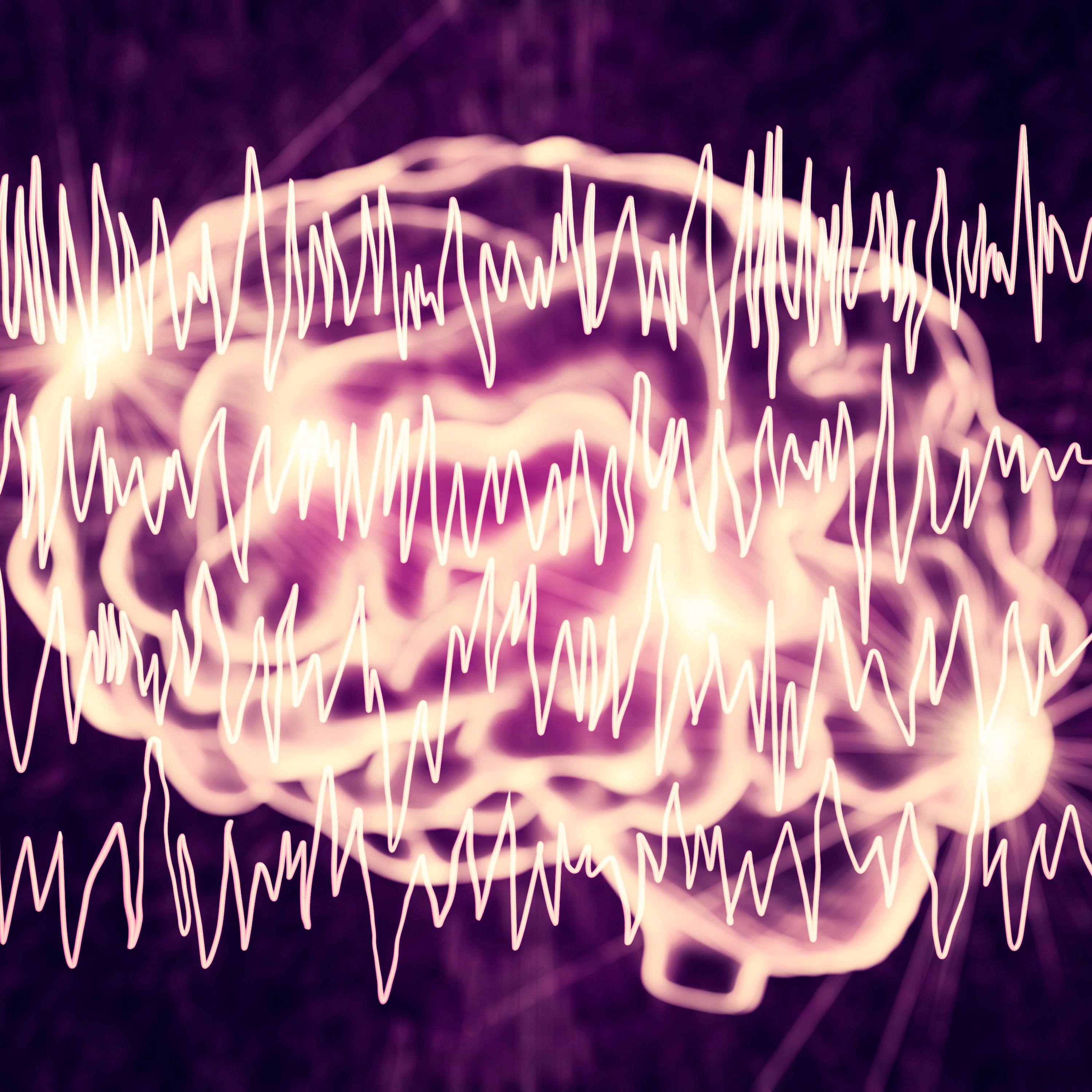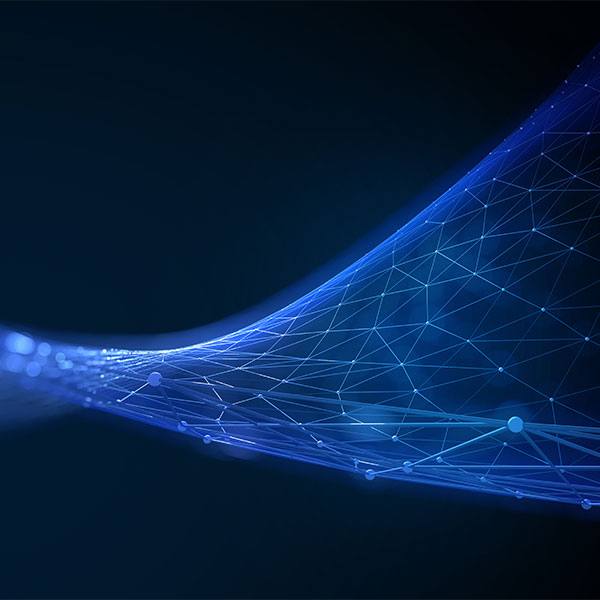-
Science Saturday: Mining the molecular origins of breast cancer for new cures

October is Breast Cancer Awareness Month, a time to focus on new strategies for prevention and early detection. Mayo Clinic Center for Regenerative Medicine and Mayo Clinic Cancer Center support stem cell biology research to uncover the molecular origins of breast cancer in order to bring new cures to the practice. Answering what are the causes of breast cancer at the cellular level, and why some individuals are more prone to breast cancer than others, would advance cancer care.

“Recent discoveries have forced us to rethink how breast cancers develop. There are billions of cells that are produced in the breast during the lifetime of a person but interestingly, only few cells are able to develop into tumors. Notably these tumors originate from a single breast cell. We are beginning to get some insight into these cells and what makes them vulnerable to cancer," says Nagarajan Kannan, Ph.D., director of the Stem Cell and Cancer Biology Lab within the Mayo Clinic Department of Laboratory Medicine and Pathology. “We are trying to figure out the stage during normal mammary gland development where certain cells acquire the necessary molecular launch pad for a tumor.”
Seeking the origins of breast cancer
Breast cancer affects 1 in 8 American women as well as some men. More than 42,000 people in this country will die of the disease this year, according to the American Cancer Society.
While some researchers look to tumor genetics for clues to understanding and fighting breast cancer, Dr. Kannan’s team focuses on the molecular and cellular origins of malignant cells within mammary glands that appear healthy. This is nothing short of searching for a needle in a haystack. Mammary glands are composed of two kinds of functional cells, namely luminal and myoepithelial cells, that cooperate to produce and pump breast milk. These functional cells sometimes die and are promptly replaced by progenitor cells, which in turn are replaced by rare stem cells. These rare stem cells maintain a hierarchical process of cell division and differentiation. The process is regulated by sex hormones which are also known to play a role in certain breast cancer development.
“From an era when nothing appeared certain about the potential of any cell to lead to breast cancer, we have entered a time when we have some insight into which cell type is likely to seed the disease. Therefore, deep understanding of these cells becomes paramount,” says Dr. Kannan. “By isolating different types of cells and exploring them, we are bringing clarity on which mammary cell has potential to transform into a tumor and its molecular nature. Perhaps this knowledge could someday help us intervene and prevent breast cancer in families who are at higher risk of this dreaded disease.”
We at Mayo Clinic, and others, have identified vulnerabilities in mammary cells, dubbed as luminal progenitor cells, as a potential source of lethal malignancies within the breast. Present in every woman, luminal progenitor cells play an important role of dividing and becoming cells needed for lactation. Therein lies a mystery: what triggers certain luminal progenitor cells to transform from productive and helpful to cancerous and potentially deadly?
“The fact that not all these luminal progenitor cells actually develop into tumors, points to a developmental mechanism that is naturally tumor suppressive within the body,” says Dr. Kannan. “What are these development mechanisms and how are they compromised only in certain cells? That is an open question.”
Another question: are mammary cell vulnerabilities to cancers exaggerated in families with inherited mutations in genes such as BRCA1, BRCA2, PALB2, ATM, and CHEK2?
A biobank focused on living mammary glands
To solve some of the perplexing questions around breast cancer, Mayo Clinic has established a first-of-its-kind comprehensive mammary gland biobank. The mammary gland bank offers a way for researchers to study mammary gland development and breast cancer origin. Dr. Kannan oversees this collection of samples which includes male and female breast tissues from breast reduction surgery and mastectomies as well as from autopsies.
“The mammary gland bank provides investigators the opportunity to expand their research beyond cell lines and animal models to living, human tissue to better understand the complexities of breast cancer risk,” says Dr. Kannan. “There are many different types of hereditary genetic mutations represented in the biobank. That could be useful in comparing mammary cells that carry pathogenic mutations to those that do not.”
Dr. Kannan believes the keys to finding new ways of early detection and prevention of breast cancer lie within the mammary glands. It may take years or even decades to fully understand the entire course of development of this disease and the role mammary gland stem and progenitor cells play in breast cancer. Such knowledge can fundamentally change understanding and management of the progression of breast cancer.
###







